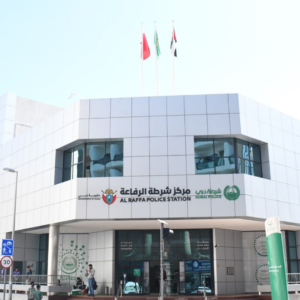The Bitcoin halving is a highly anticipated event within the cryptocurrency community, representing a fundamental aspect of Bitcoin’s monetary policy and mining process. Scheduled to occur roughly every four years, this event involves the reduction of the reward given to Bitcoin miners for verifying transactions on the blockchain.
Initially set at 50 bitcoins per block when Bitcoin was launched in 2009, the reward is halved approximately every 210,000 blocks, or about every four years. The most recent halving occurred in May 2020, reducing the reward to 6.25 bitcoins per block from 12.5 bitcoins.
This reduction in the block reward has several implications. Firstly, it decreases the rate at which new bitcoins are introduced into circulation, effectively slowing down the overall supply growth. This scarcity aspect is often cited as one of Bitcoin’s key value propositions, akin to digital gold.
Secondly, the halving event directly impacts the economics of Bitcoin mining. As the reward decreases, miners’ revenue declines unless there’s a compensating increase in the price of Bitcoin or improvements in mining efficiency. This can lead to increased competition among miners and potentially force out those operating with higher costs or less efficient equipment.
The anticipation surrounding the halving event often drives speculation in the cryptocurrency markets, with some investors betting on price increases leading up to and following the event. Historically, Bitcoin’s price has exhibited both pre-halving rallies and post-halving price appreciation, though past performance is not indicative of future results.
Overall, the Bitcoin halving is regarded as a significant milestone in the cryptocurrency’s lifecycle, signaling both its deflationary nature and the ongoing evolution of its mining ecosystem.









